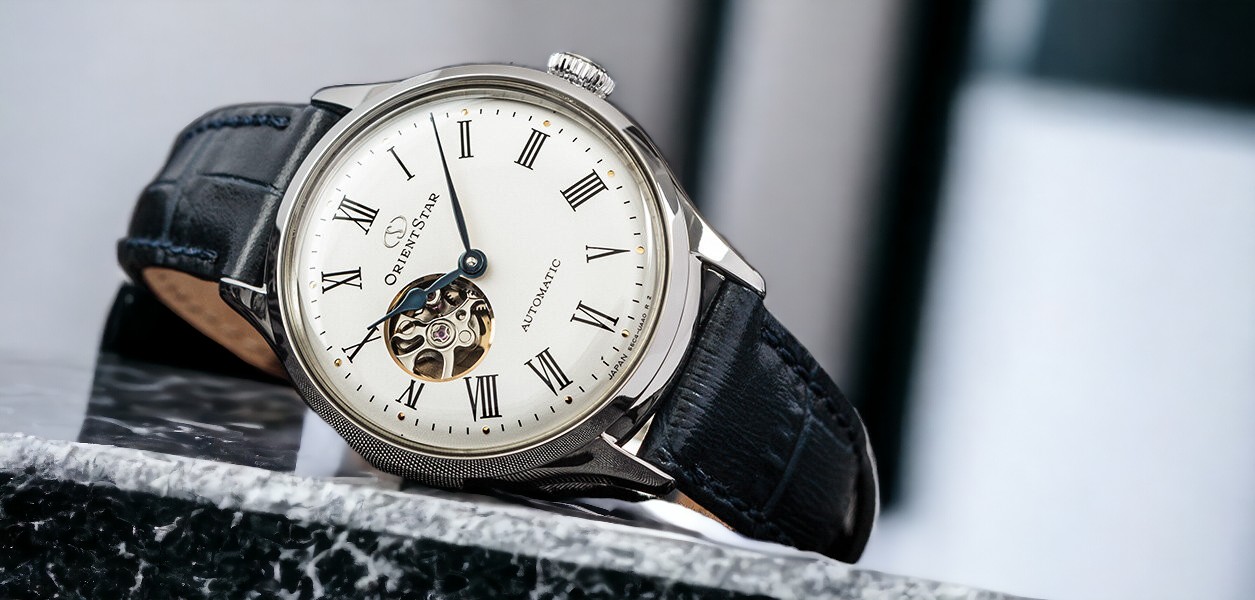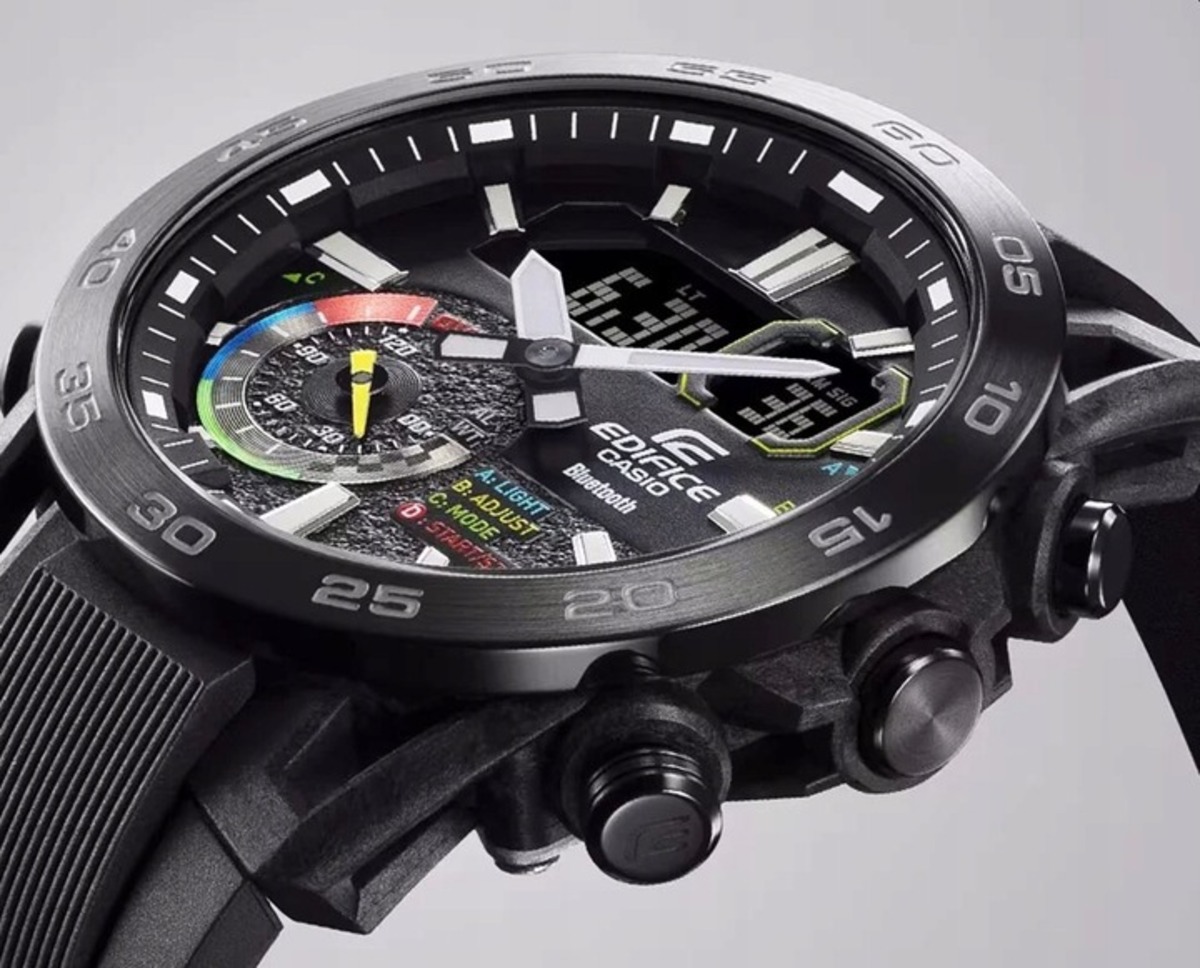What to Do After Breaking the Glass on Your Watch?
The glass on a watch not only protects the mechanism but also enhances its elegant appearance. Manufacturers often add an anti-reflective coating to improve clarity. However, regardless of the model – whether it’s a men’s or women’s watch – the glass can be fragile. Even with careful use, accidents can happen. So, what should you do if your watch glass breaks? Will the watch remain functional after repairs?
Types of Watch Glass and Their Durability
There are three main types of watch glass:
- Mineral glass
- Acrylic glass (hesalite)
- Sapphire glass
Each type has varying levels of scratch and impact resistance. Expensive watches often come with higher-quality glass for enhanced durability.
-
Sapphire Glass
Known for its scratch resistance, sapphire glass is considered one of the best options. However, its lack of flexibility makes it prone to shattering upon impact. -
Mineral Glass
A common choice in many watch models, mineral glass is less scratch-resistant but offers better flexibility than sapphire glass, reducing the risk of complete breakage. -
Acrylic Glass (Hesalite)
Made from synthetic materials, acrylic glass is highly flexible and resistant to shattering. However, it is prone to scratches. The advantage? Scratches can be polished out easily.
What to Do When Your Watch Glass Breaks?
If the glass on your watch breaks, follow these steps:
- Remove the watch from your wrist immediately to prevent further damage to the dial, hands, or mechanism.
- Visit an authorized repair service, especially for water-resistant watches, to ensure proper sealing after the glass is replaced.
Depending on the complexity of the watch model, replacing the glass can vary in difficulty. For water-resistant models, it’s essential to replace the seals during the repair to maintain water resistance.
Can You Replace the Glass Yourself?
If your watch glass is broken but there’s no visible damage to the dial or mechanism, you can replace the glass yourself. However, for premium or complex watches, professional repair is highly recommended.
Can You Upgrade the Glass Type?
If you own a watch with less durable glass and wish to upgrade, it is possible to replace it with a stronger option, such as sapphire glass. Keep in mind that not all glass shapes and sizes are interchangeable, especially for uniquely designed models.
See popular articles

Why is a watch worn on the left wrist? We explore the origins of this rule!
Why is a watch worn on the left wrist? This question returns regularly, especially when someone wears it differently than most people. Although it might seem like a matter of fashion or chance, there's specific history, comfort, and watchmaking logic behind this choice. Check what really lies behind this everyday habit – and whether it's still worth sticking to it today.

Chronograph in a watch – what is it, how does it work, and what is it for?
Zegarki z chronografem od lat przyciągają uwagę nie tylko wyglądem, ale też funkcjonalnością. Choć dla wielu to po prostu dodatkowe tarczki i przyciski, w rzeczywistości kryje się za nimi precyzyjne narzędzie do pomiaru czasu. Jeśli zastanawiasz się, co to jest chronograf, jak działa i czy warto mieć go w swoim zegarku, ten artykuł pomoże Ci zrozumieć wszystko w prosty i praktyczny sposób.

What does a 5 ATM water resistance rating mean on a watch?
You see "5 ATM" marking on your watch dial and wonder what it actually means? Although it sounds technical and gives the impression of solid water protection, reality can be more complicated. Before you dive into a pool with your watch, learn the limitations and pitfalls of this popular water resistance class. This way you'll avoid costly mistakes.

Types of watch glass - learn the differences between mineral, sapphire and acrylic
Choosing the right glass in a watch is more than just a matter of aesthetics - it's a decision that affects the durability, comfort and daily use of the timepiece. Whether you're considering mineral, sapphire or acrylic glass, it's worth learning about their strengths and weaknesses in order to make an informed choice - and not just "by eye."

Which watch for manual labor? Welcome to our ranking of durable models!
Looking for a watch that can handle tough conditions and won't let you down during an intense day in the field? You've come to the right place. Not every timepiece is suitable for manual labor - some watches are fragile, prone to scratches or simply unsuited to withstand contact with dust, moisture or strong shocks. In this article we suggest which watch for manual labor will be the best choice, and present a ranking of durable models that combine durability with practical functionality.

How to clean a watch bracelet – step-by-step guide
Over time, even the nicest watch with a bracelet can lose its charm - all it takes is daily contact with skin, sweat and cosmetics. Fortunately, cleaning a watch bracelet can easily be done by yourself, without specialized equipment. In this tutorial, I will show you how to restore the luster of any watch step by step, regardless of the material of the bracelet.

Fogged watch glass – what to do when steam appears under the glass?
A fogged-up watch glass can surprise you when you least expect it - in the morning before going out, after a walk in winter or after a hot bath. It does not always mean failure, but it is never worth ignoring. Find out exactly what a fogged up watch means, where the steam under the glass comes from and how to deal with it effectively - before it's too late.

James Bond's watch – which models did Agent 007 wear?
Bond's watch is not just an accessory - it's part of Agent 007's identity. Over six decades, actors, scripts and gadgets have changed, but one thing has remained constant: there has always been a unique timepiece on James Bond's wrist. Sometimes elegant, sometimes armed with technology, but always precisely matched to the style and era. If you're wondering why James Bond watches have made such a mark on pop culture history, this guide will dispel your doubts.

Quartz movement in a watch – what does it mean and how does it work?
The quartz movement is one of the greatest achievements of modern watchmaking – precise, reliable, and virtually maintenance-free. Thanks to it, quartz watches have become an everyday standard, combining technology with ease of use. It is this inconspicuous innovation that has given timepieces a new dimension – practicality and accuracy that does not require your attention every day.











